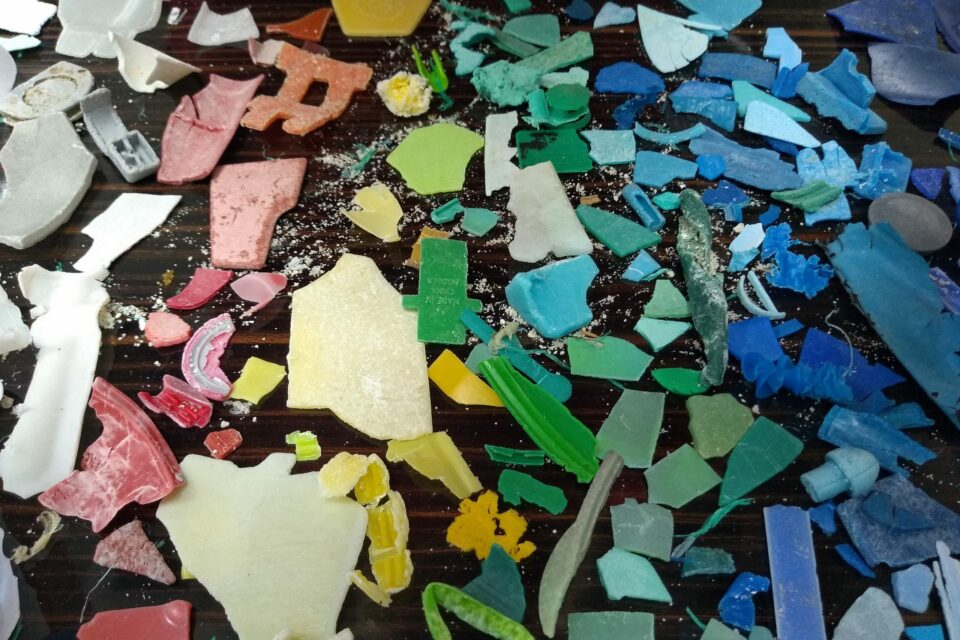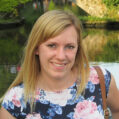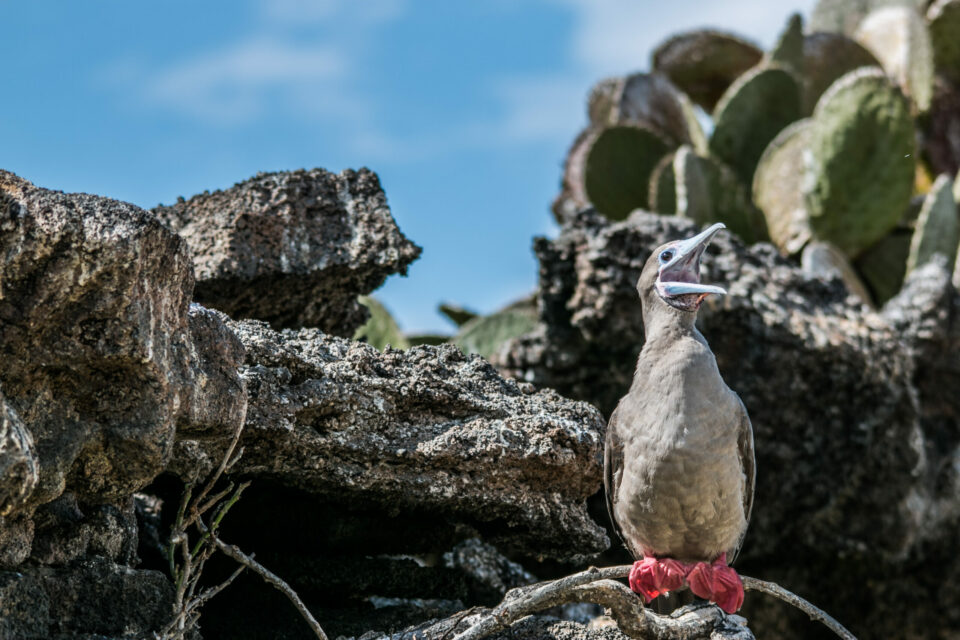

Investigating plastic pollution threats to marine iguanas
Marine iguanas are an iconic, endemic species in Galapagos, known for their incredible diving ability to feed on marine algae. The species are listed as Vulnerable on the IUCN Red List of Threatened Species; however 10 of 11 subspecies are listed as Endangered or Critically Endangered. It is estimated that the San Cristobal marine iguana colony stands at just 400 individuals.
Marine iguanas are an iconic, endemic species in Galapagos, known for their incredible diving ability to feed on marine algae. The species are listed as Vulnerable on the IUCN Red List of Threatened Species; however 10 of 11 subspecies are listed as Endangered or Critically Endangered. It is estimated that the San Cristobal marine iguana colony stands at just 400 individuals.
Threats to marine iguanas include El Niño events, where their main algae diet disappears, and predation by introduced species such as cats and dogs. From the MV Jessica oil spill in 2001 we also know that marine iguanas are very sensitive to toxic threats. A study by Martin Wikelski and colleagues in 2002 found trace amounts of oil pollution from this spill caused a 62% die off in the Santa Fe colony. However, more recently, scientists have been asking how plastics and associated toxins (microplastics often accumulate toxins on their surface) might be impacting marine iguanas.
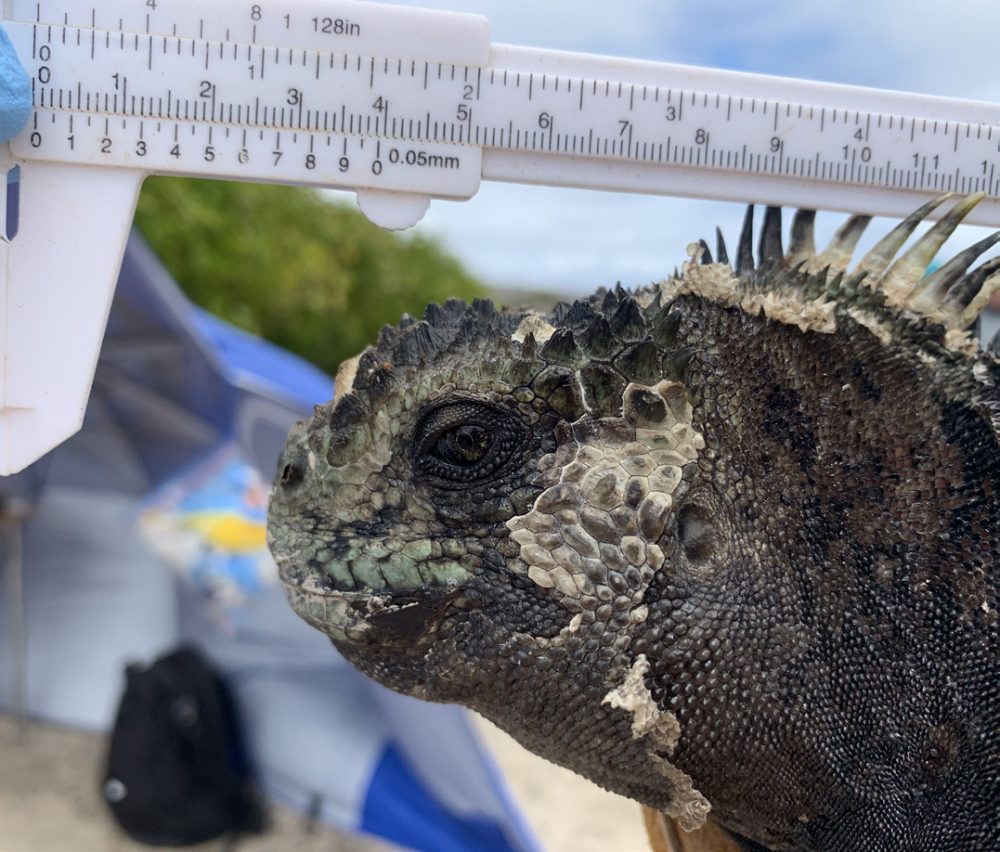
A wildlife:plastics risk assessment by our partners at the University of Exeter identified marine iguanas as high risk for both plastic ingestion and entanglement. In response to this, between June and September 2019, Jen Jones, GCT’s Head of Programmes and PhD researcher at the University of Exeter, and Juan Pablo Muñoz-Pérez, Ecuadorian PhD researcher at the University of the Sunshine Coast, undertook fieldwork to quantify the pollution risk for marine iguanas and provide recommendations to the Galapagos National Park (GNP) for ongoing monitoring and conservation. Key questions include i) whether marine iguanas are ingesting plastics, ii) if location affects the probability of micro and macroplastic exposure and ingestion, and iii) whether plastics affect marine iguana health.
During fieldwork, the team visited ten distinct marine iguana habitats, covering four sub-species across four islands. Data were collected to establish a baseline for large plastic items at these sites (and potential entanglement risk), using methods co-developed with the GNP rangers and our Plastic Pollution Free Galapagos research network. At each site, food availability was surveyed including any instances where marine algae interact with plastic (such as with fishing lines). Faecal samples from 98 marine iguanas were taken to investigate exposure to plastics in their diet and to complement comprehensive health surveys of these individuals.
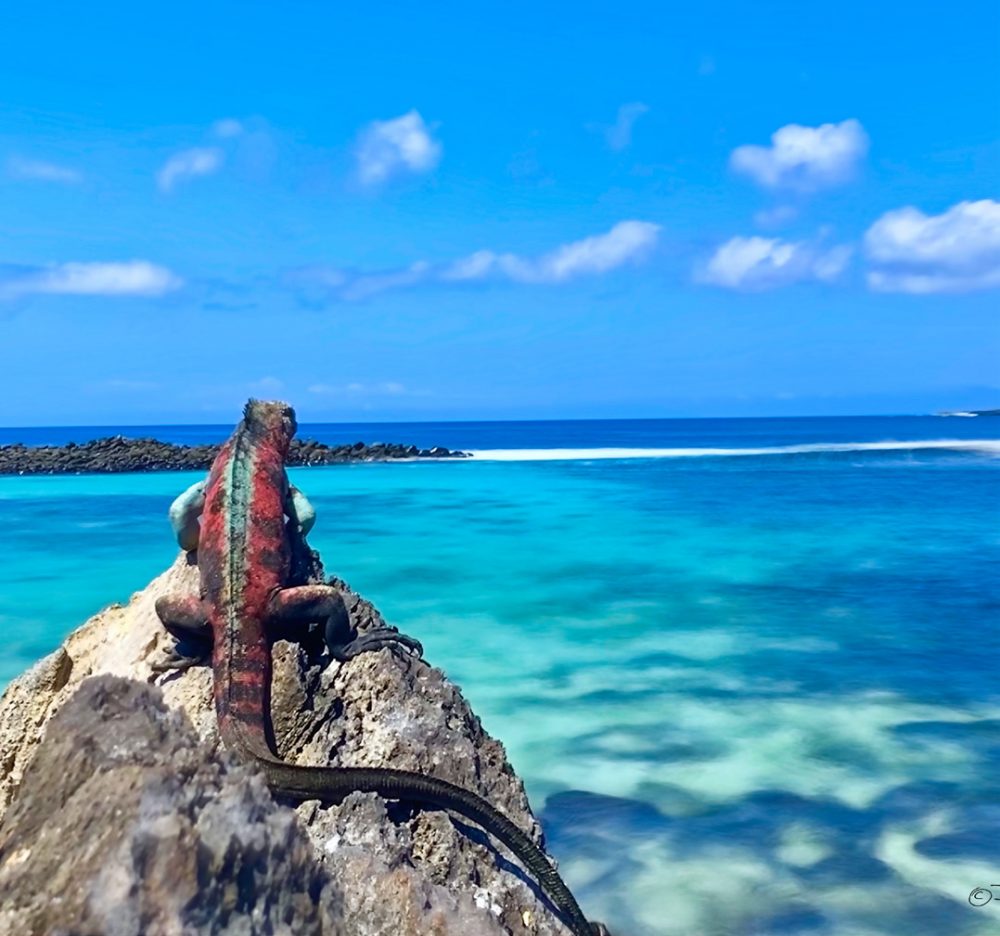
© Juan Pablo Muñoz-Pérez
We will compare more pristine, remote sites on Fernandina and Isabela in the west of the Archipelago to the more polluted sites on San Cristobal and Floreana, which also face greater pressures from invasive species. Analysis of the data and samples is currently underway, and results will feed into a hotspot risk map that will help to identify the sites in need of priority conservation to ensure marine iguanas are protected.
This article originally featured in our Autumn Winter 2020 issue of Galapagos Matters.
What can you do?
To find out more about what we’re doing to address plastic pollution in Galapagos and how you can help head to our Plastic Pollution Free Galapagos Programme page, visit our blog for project updates and make a donation to support this vital work.
Related articles


New research shows that Galapagos giant tortoises are ingesting plastic waste
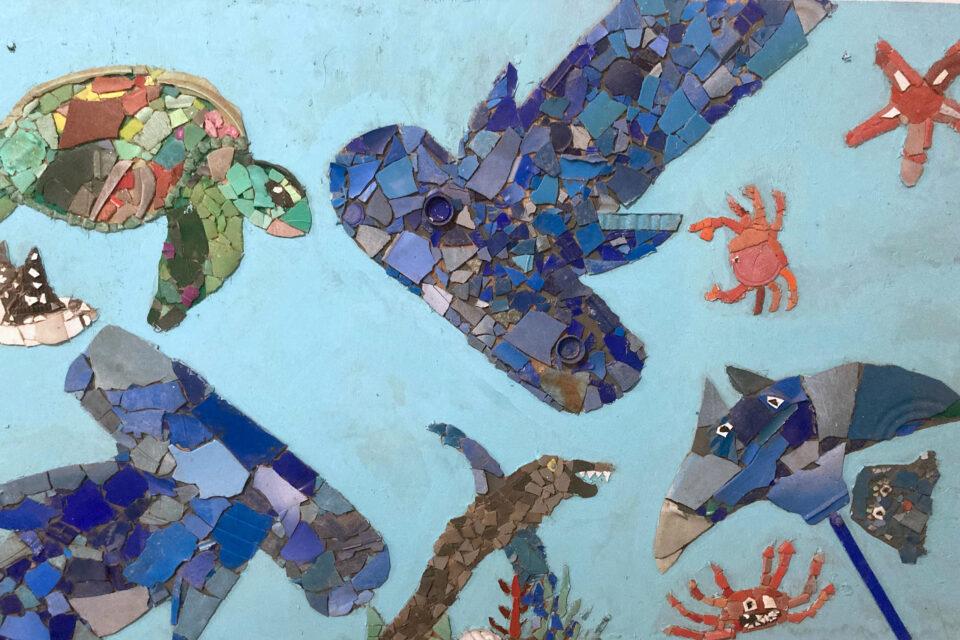
Creating a circular economy for plastics in Galapagos
